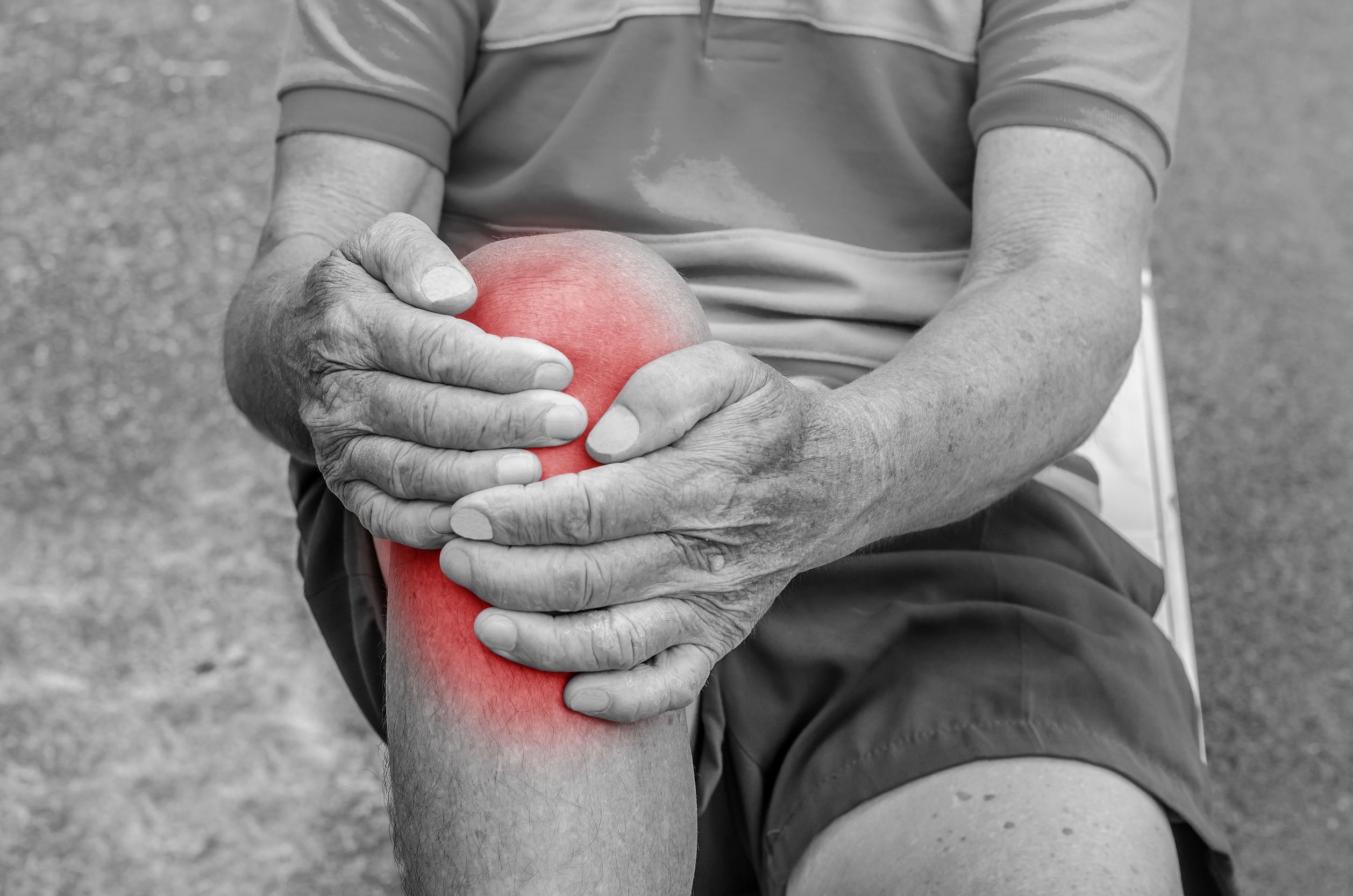Osteoarthritic Knee Pain: 5 Practical Strategies for Relief
Osteoarthritis, a degenerative joint condition, commonly affects the knees, leading to pain, stiffness, and reduced mobility. While there is no cure for osteoarthritis, adopting specific strategies can help manage symptoms and improve the quality of life for individuals with knee pain.
Five Practical Ways to Alleviate Osteoarthritic Knee Pain
- Low-Impact Exercise: Engaging in regular, low-impact exercises is crucial for managing osteoarthritic knee pain. Activities such as walking, swimming, and cycling can help maintain joint flexibility, strengthen the muscles surrounding the knee, and improve overall joint function. Focus on exercises that are gentle on the joints while promoting cardiovascular health and muscle strength.
- Weight Management: Maintaining a healthy weight is especially important for individuals with osteoarthritis, as excess weight puts additional stress on the knee joints. Losing even a small amount of weight can significantly reduce the load on the knees, alleviating pain and slowing the progression of osteoarthritis. A balanced diet, combined with regular exercise, can contribute to weight management.
- Physical Rehabilitation: Physical rehabilitation can provide targeted exercises and stretches designed to strengthen the muscles around the knee and improve joint function. Physical rehabilitation sessions may also include techniques to enhance flexibility and reduce pain. Working with a professional can ensure that exercises are tailored to the individual’s specific needs and limitations.
- Pain Management Techniques: Various pain management techniques can be effective in reducing osteoarthritic knee pain. These may include over-the-counter pain medications, such as acetaminophen or nonsteroidal anti-inflammatory drugs (NSAIDs), as recommended by a healthcare professional. Topical treatments, such as creams or patches, can also provide localized relief. Always consult with a healthcare provider before starting any new medication regimen.
- Assistive Devices and Joint Support: The use of assistive devices and joint support can make a significant difference in managing osteoarthritic knee pain. Knee braces, orthotic inserts, and supportive footwear can provide stability to the joint and reduce discomfort during weight-bearing activities. Discussing these options with a healthcare professional can help determine the most suitable assistive devices for individual needs.
Living with osteoarthritic knee pain requires a multifaceted approach to enhance comfort and maintain mobility. Incorporating low-impact exercise, weight management, physical rehabilitation, pain management techniques, and the use of assistive devices can contribute to an improved quality of life for individuals with osteoarthritis.
It’s essential to work closely with healthcare professionals, like those at Ohio Healthcare Partners, to create a personalized plan that addresses specific symptoms and promotes long-term joint health.

